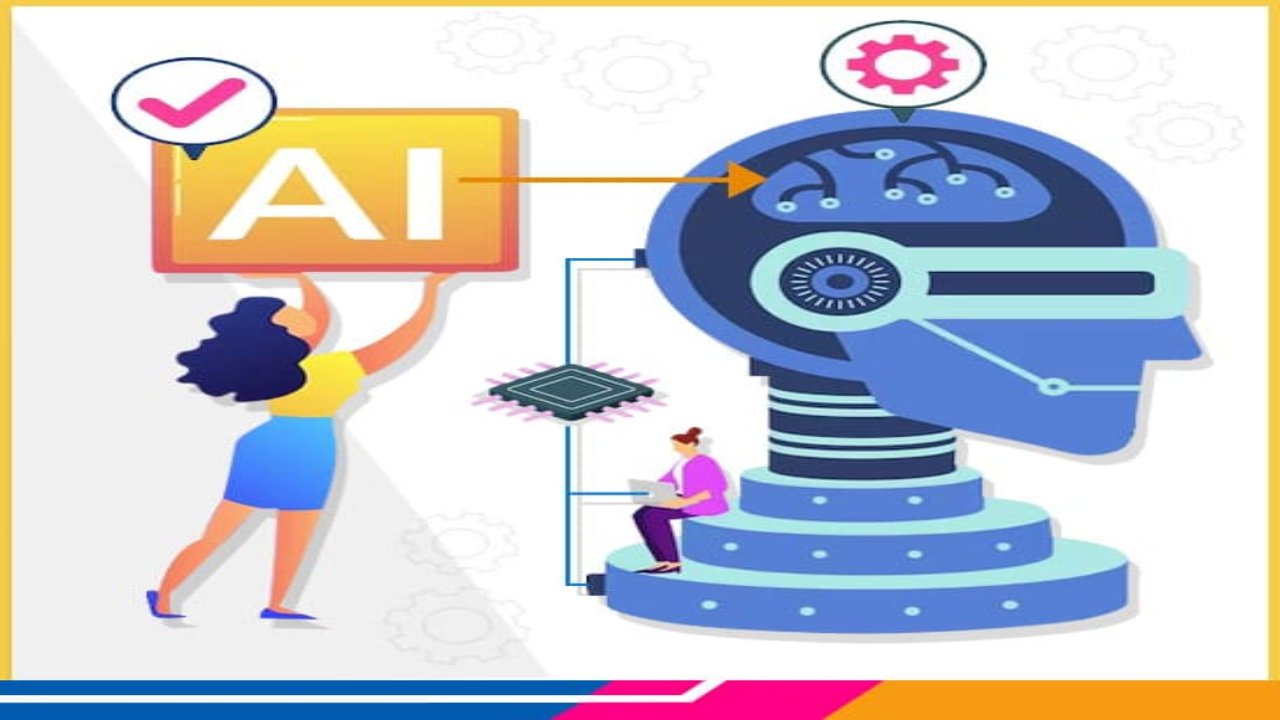The world of Machine Learning and Generative AI is always on the move, with groundbreaking discoveries happening all the time. As we speak, experts are finding new and innovative ways to create AI systems that can generate even more complex and realistic data. With a wide range of generative models available, each with its own unique strengths and weaknesses.
Whether you’re a passionate AI enthusiast, dedicated researcher, or seasoned industry professional, this article is your chance to delve into the real-world applications and advantages of generative AI and machine learning. Get ready to expand your knowledge and uncover the thrilling possibilities of these game-changing advancements!
What is Generative AI?
Generative AI is an artificial intelligence technology that can create text, imagery, audio, and 3D models. In recent years, new user interfaces have made it easier to create high-quality content in seconds. Generative AI was first introduced in chatbots in the 1960s, but it wasn’t until 2014 that it became capable of creating convincingly authentic content using generative adversarial networks (GANs). This technology has opened up new opportunities, such as improved movie dubbing and educational content. However, it has also raised concerns about deepfakes and cybersecurity attacks that could mimic an employee’s boss.
Generative AI has become more widely used thanks to two important recent advances: transformers and language models. Transformers allow researchers to train larger models without labeling all the data in advance, resulting in answers with more depth. They also enable models to track connections between words across pages, chapters, and books. Large language models (LLMs), with billions or even trillions of parameters, can now generate engaging text, photorealistic images, and even sitcoms. Innovations in multimodal AI allow teams to generate content across multiple media types. However, early implementations have had accuracy and bias issues and have been prone to producing strange answers. Despite these issues, the potential of generative AI is immense and could transform entire industries. It could help write code, create drugs, develop products, redesign business processes, and transform supply chains.
How does Generative AI Function?
Generative AI models utilize neural networks to identify patterns and structures in existing data to create original content. These models employ various learning approaches, including unsupervised and semi-supervised learning, to train and create foundation models that can be used as a base for AI systems to perform multiple tasks. ChatGPT and Stable Diffusion allow users to generate essays and photorealistic images, respectively, based on short text inputs.
What are the Benefits of Generative AI?
Generative AI is an essential technology for several reasons. Let’s take a closer look at some of the key advantages of generative AI:
- Creating Original Content Generative AI algorithms can create new, original content like images, videos, and text that is virtually indistinguishable from human-created content. This can be a game-changer for applications such as entertainment, advertising, and creative arts, where the ability to generate fresh and unique content is crucial.
- Enhancing AI Systems Generative AI can also improve the effectiveness and precision of current AI systems by producing synthetic data that can be trained and assessed by other AI algorithms. For example, computer vision and natural language processing can be enhanced by generative AI algorithms to produce better results.
- Finding Hidden Patterns and Trends Generative AI algorithms can help researchers and businesses discover hidden patterns and trends that might not be apparent from raw data alone. By exploring and analyzing complex data in new ways, generative AI can help businesses identify new opportunities, improve decision-making, and enhance their overall performance.
- Automating Tasks and Processes Finally, generative AI can save businesses and organizations time and resources by automating and accelerating a variety of tasks and processes. From data entry to customer service, generative AI can streamline workflows and improve efficiency, allowing businesses to focus on more important tasks.
Generative AI is a powerful technology that can offer significant benefits to businesses, researchers, and individuals alike. By leveraging the advantages of generative AI, we can create new content, enhance AI systems, discover hidden patterns, and automate processes to improve our overall performance and productivity.
What is machine learning?
Machine learning is an AI-based technology that can learn and adapt without constant instruction. It uses algorithms and statistical models to analyze data patterns and solve problems. Once set up, it can automatically recognize and address complex problems. ML models can be supervised, unsupervised, semi-supervised, or reinforcement learning, but they all focus on making predictions and drawing inferences. ML algorithms are essential building blocks of modern AI that go beyond traditional computer programming. They find patterns in data and solve problems faster than humans, imparting autonomy to data models and emulating human understanding.
How do machine learning and generative AI work together?
In the field of artificial intelligence, machine learning algorithms are responsible for unearthing patterns from vast amounts of data. These algorithms can be seen as the heavy lifter of the AI world, as they analyze and process data to identify trends and insights. Generative AI, on the other hand, takes these patterns and transforms them into something actionable by adding creativity through the creation of fresh and innovative content. Together, these two technologies work hand in hand to create powerful and effective solutions for a variety of industries and applications.
Final thoughts
Generative AI and machine learning work together to tackle complex challenges. While machine learning recognizes patterns and makes inferences, generative AI takes those patterns to create something new. However, neither can replace humans entirely, as bad recommendations and robotic responses from chatbots demonstrate. Generative AI may assist content creators, but it can never replace them. Even if they don’t revolutionize creativity, these AI technologies will bring significant change to many industries.
Take your transformation journey to the next level with Coopperchips. Our team of skilled subject matter experts and innovative AI solutions are here to guide you through every step of the way. We have an extensive pool of experienced AI developers and engineers ready to provide businesses and enterprises with exceptional AI services, including assessments, rapid prototyping, and fully developed chatbots or customized implementations.
FAQs
1: What Are Some Popular Examples of Generative AI?
Some of the most talked-about AI interfaces are ChatGPT, Bard, DALL-E, Midjourney, and DeepMind. These powerful tools have been making waves in the tech world and are definitely worth checking out.
2: What is a Neural Network?
A neural network is a model based on the human brain that makes predictions and processes complex information. Generative AI uses this technology to identify patterns in training data and create new content.
3: What are the key components of generative AI?
Generative AI systems have three main components: the generator, the discriminator, and the hyperparameters. The generator creates data samples, while the discriminator assesses them based on prior data. The hyperparameters are adjustable parameters that determine the generator and discriminator architectures and their weights.







